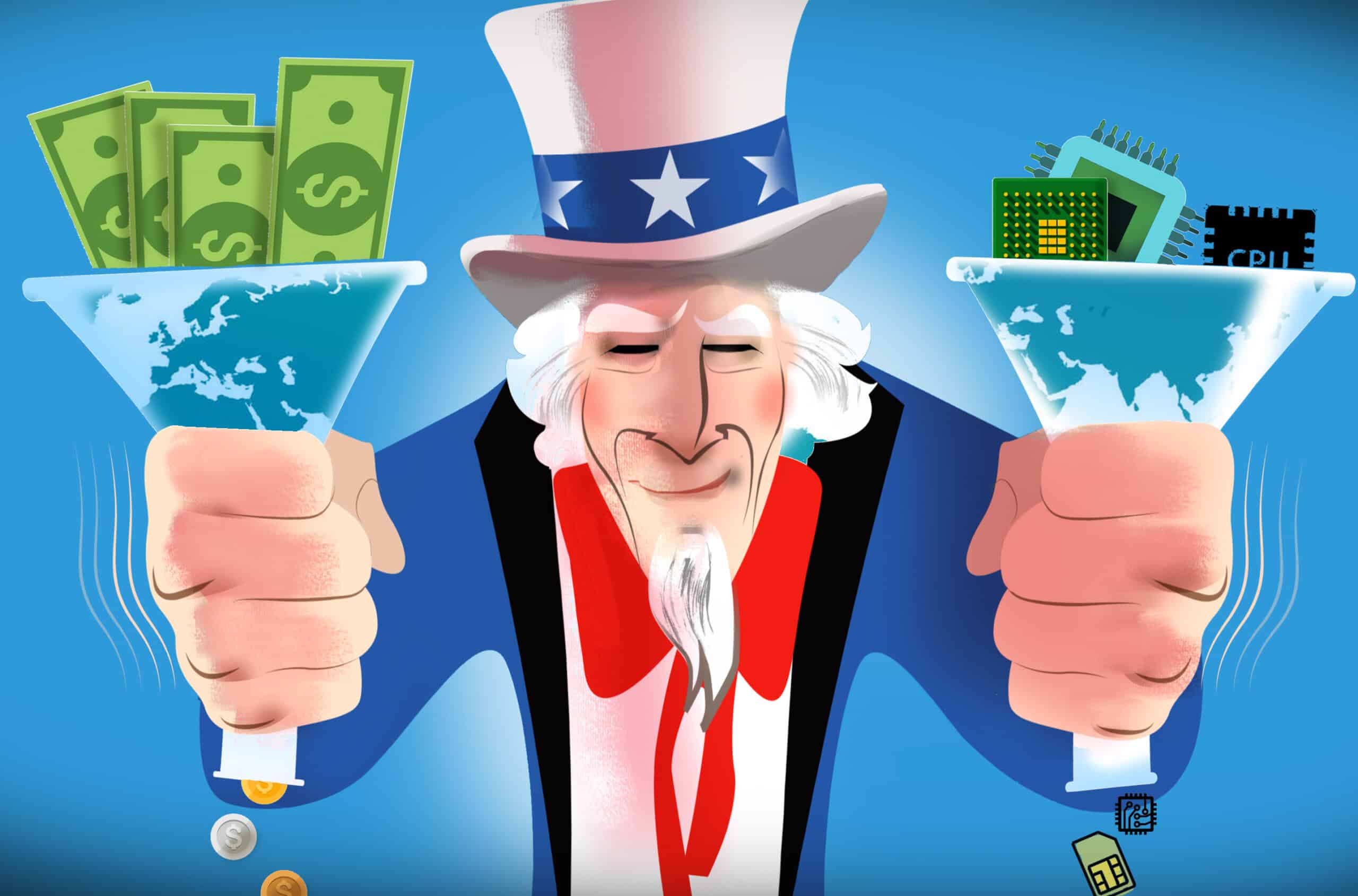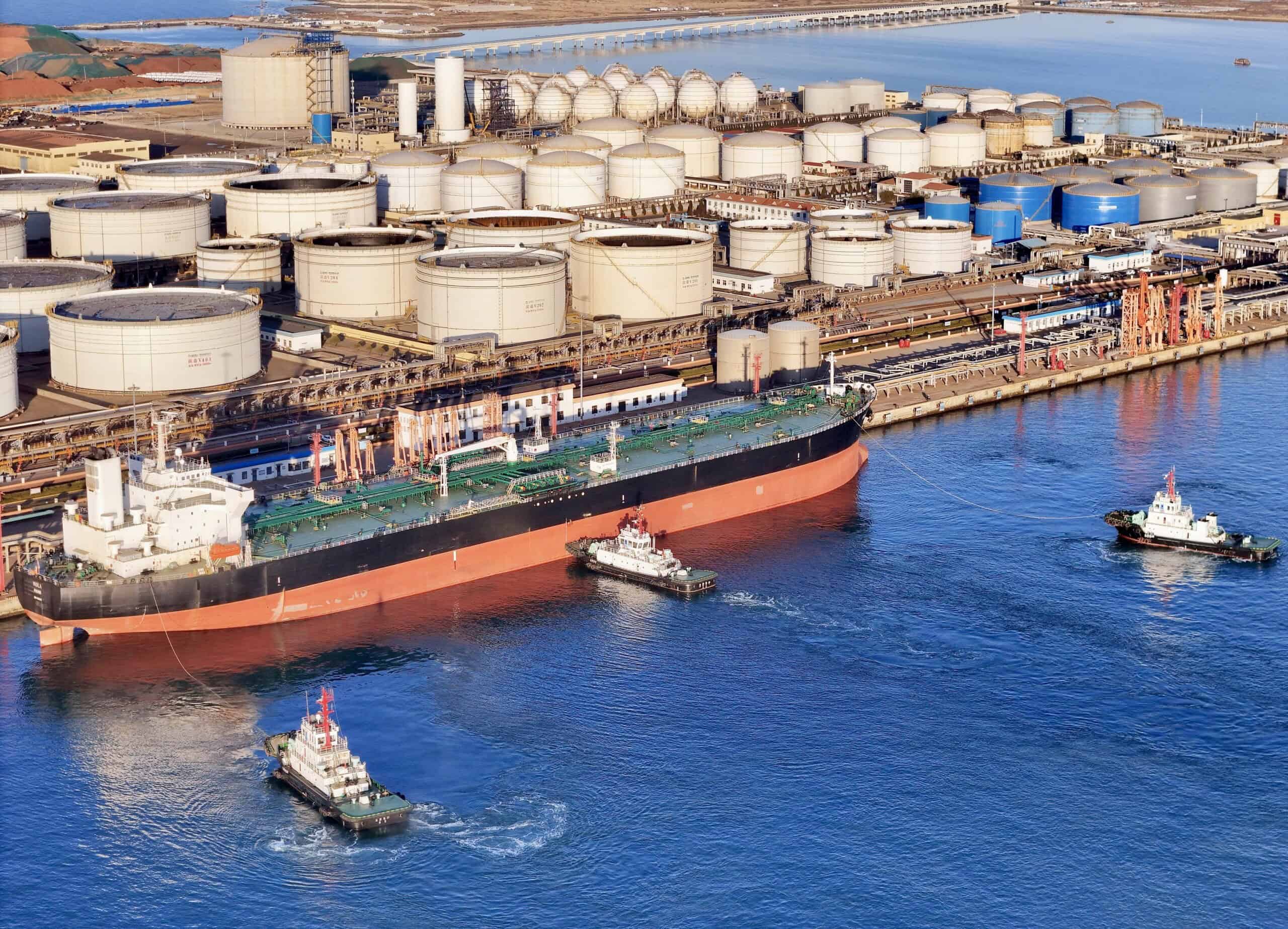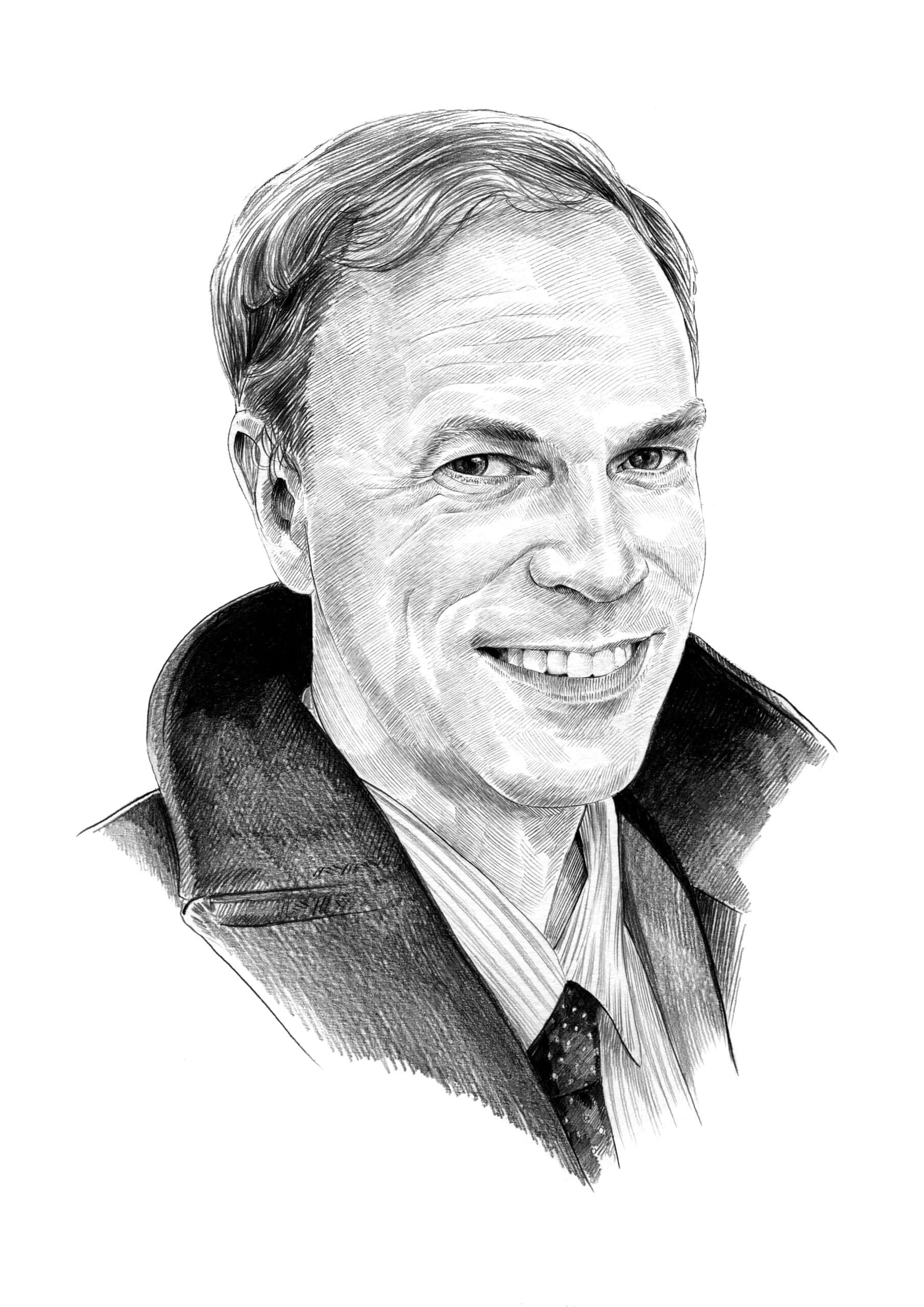Illustration by Luis Grañena
A little over a year ago, Robert M. Friedland, the eccentric founder of Ivanhoe Mines, sat down in his Singapore home to record the keynote address for the Association for Mineral Exploration’s annual roundup, a fixture of the Canadian mining industry calendar. With his top button undone and his sleeves rolled up, the billionaire serial entrepreneur was in a decidedly good mood.
“You’re going to be able to make more money in the next few years than
LISTEN NOW
Face-Off: U.S. vs. China
A podcast about the turbulent relationship between the world's two superpowers, the two men in charge, and the vital issues that affect us all.



